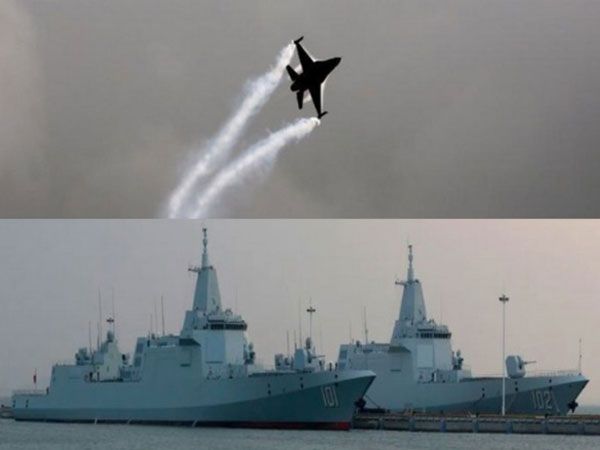New Delhi [India], July 1 (ANI): Indian defence firms are significantly trailing behind their global counterparts in research and development (R&D) intensity, despite substantial overall spending.
According to Foundation for Advancing Science and Technology (FAST India) in collaboration with IIFL Securities, these firms allocate only 1.2 per cent of their revenue to R&D, markedly lower than the global average of 3.4 per cent. This gap highlights a need for increased investment in innovation to keep pace with global standards.
Hindustan Aeronautics Limited (HAL) stands out as an exception among Indian firms, showcasing a robust commitment to R&D.
With an impressive R&D intensity of 9.3 per cent, HAL leads not only within India but also globally among the firms studied.
In the fiscal year 2022-23, HAL invested USD 301 million in R&D, more than double the R&D spending of Bharat Electronics Limited (BEL), the second-highest R&D spender among Indian firms, which allocated USD 130 million.
This significant investment underscores HAL’s dedication to advancing technology and innovation.
Other Indian firms also show promising R&D performance. Bharat Dynamics Limited ranks third in R&D intensity among all firms studied, boasting a commendable 6.1 per cent.
This figure is 3.7 times higher than that of Sika Interplant, the second-highest R&D spender in the low-revenue cluster.
However, despite these individual successes, the broader trend reveals a concerning lag in R&D intensity across the Indian defence sector.
The Indian defence sector also lags in the proportion of PhD-qualified employees, with an average of only 0.1 per cent compared to the global average of 0.3 per cent.
Despite this, firms like Sika Interplant and High Energy Batteries lead the low-revenue cluster with 2.2 per cent and 2.1 per cent PhD employees, respectively.
These figures highlight the need for a greater focus on advanced qualifications within the industry to drive innovation and research.
In terms of academic and technical publications, Indian defence firms excel, producing 88.5 publications per USD billion revenue, more than double the global average of 37.9.
High Energy Batteries leads this category with an impressive 6,692 publications per USD billion revenue, followed by BEL and Bharat Forge with 177 and 173 publications, respectively.
However, this strength in publications is not mirrored in patent output, a critical indicator of innovation and technological advancement.
Indian defence firms produce just 7.3 patents per USD billion revenue, a stark contrast to the global average of 240.
Bharat Forge, despite leading among Indian firms in patent output, highlights the significant gap between India and global leaders like Safran SA, which boasts 5,336 patents per USD billion revenue.
This disparity underscores the need for a stronger focus on intellectual property generation within the Indian defence sector.
India, as the fourth-largest defence spender globally, contributes approximately 3.6 per cent to global defence expenditures.
The country’s defence budget has seen a steady increase, projected to grow at an annual rate of 7 per cent to 8 per cent over the next five years.
The fiscal allocation for the Defence Research and Development Organisation (DRDO) has also risen to Rs 23,855 crore for FY24-25, up from Rs 23,263.89 crore in the previous fiscal year.
This increased budget aims to bolster DRDO’s capacity to develop new technologies, focusing on basic research and supporting private entities through initiatives like the Development-cum-Production Partner Program.
Despite these initiatives, the median R&D intensity for Indian firms remains at 1.2 per cent, significantly below the global median of 3.4 per cent.
This disparity is further highlighted by the performance of high-revenue firms like Larsen & Toubro (L&T), which reported the highest revenue among the studied firms for FY23 but invested comparatively little in R&D, resulting in a low R&D intensity. The Indian defence sector’s lag in patenting efforts and the relatively low proportion of PhD employees indicate a need for increased focus on innovation and research.
This is crucial for India to maintain its competitive edge and leverage the growing opportunities in the global defence market. (ANI)
Disclaimer: This story is auto-generated from a syndicated feed of ANI; only the image & headline may have been reworked by News Services Division of World News Network Inc Ltd and Palghar News and Pune News and World News
HINDI, MARATHI, GUJARATI, TAMIL, TELUGU, BENGALI, KANNADA, ORIYA, PUNJABI, URDU, MALAYALAM
For more details and packages











